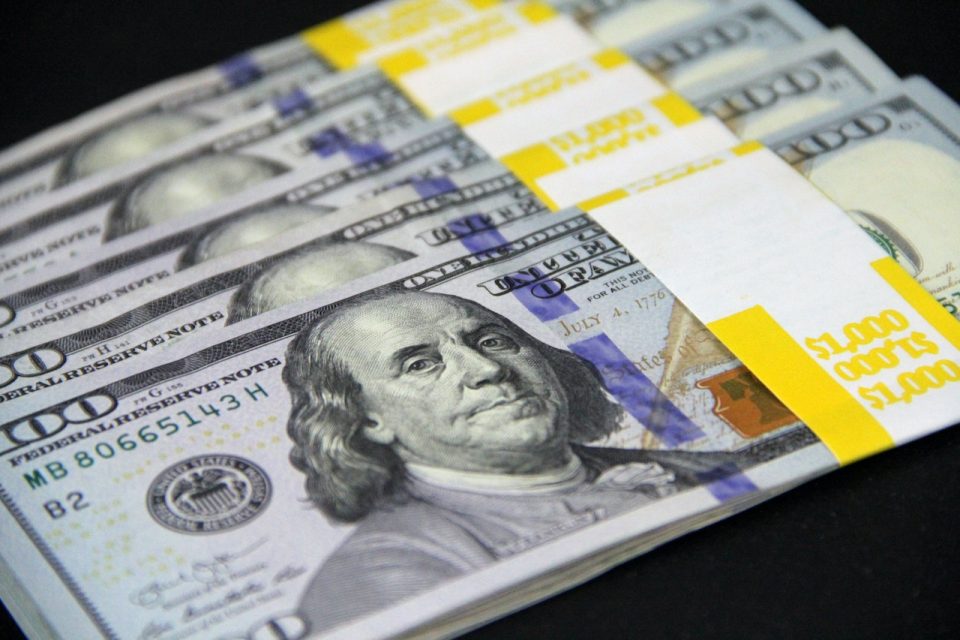The Federal Reserve appears to be tacitly endorsing a surge in long-term interest rates, the highest levels seen since 2007. Over the past month, 10-year Treasury yields have spiked by over half a percentage point, surpassing 4.7%, putting the near-term economic stability at risk and echoing the regional bank breakdown in March. The potential long-term repercussions are concerning, with the economy facing a marked increase in borrowing costs for both consumers and corporations.
R.J. Gallo, a senior portfolio manager for Federated Hermes, managing around $669 billion in assets, cautioned, “Ultimately, the feedback effect starts to fuel fears that you’re going to have a hard landing.”
Of particular concern is the surge in “real rates,” which account for inflation impact. Yields on 10-year inflation-linked Treasuries have recently soared to levels seldom seen over the past two decades.
Despite the surge, the Federal Reserve’s leadership has shown little inclination to counteract the rise in long-term rates. New York Fed President John Williams indicated last week that while the central bank might halt rate hikes, they would maintain elevated rates “for some time” to bring inflation in line with their 2% target.
Former Vice Chair Richard Clarida noted, “Fed officials have had a chance at various appearances — and they’ve not really taken that opportunity to push back against this.”
However, Clarida, now a global economic adviser for Pacific Investment Management Co., added that the rise in yields may inadvertently assist the Fed by slowing economic growth and containing inflation.
Nonetheless, the risk lies in potential unforeseen consequences. The collapse of Silicon Valley Bank in March followed a rise in bond yields partly driven by Chair Jerome Powell’s assertive stance on Fed policy.
Bruce Kasman, chief economist for JPMorgan Chase & Co., warned, “There’s a potential near-term disruptive effect to worry about.”
The surge in rates is occurring amidst various other economic challenges, from the restart of student loan payments to an autoworkers’ strike. Bloomberg Economics chief US economist Anna Wong believes the US economy may be teetering on the edge of a recession.
Market analysts have identified several triggers for the yield surge, including concerns over growing US budget deficits, reduced demand for Treasury securities from foreign investors, including China, and expectations of Japan’s departure from its ultra-loose monetary policy.
Investors are perplexed by the central bank’s stance on real interest rates, particularly how they define them. Fed officials have referenced metrics based on both past inflation and prospective inflation rates, a distinction that significantly influences future Fed policy.
Richard Clarida emphasized, “If the moves get extreme or persistent, it could get the Fed engaged.”
In the face of these uncertainties, it is imperative for policymakers to vigilantly monitor the situation. If the surge in long-term interest rates persists or escalates to extremes, it may necessitate the intervention of the Federal Reserve.
Source: Bloomberg

